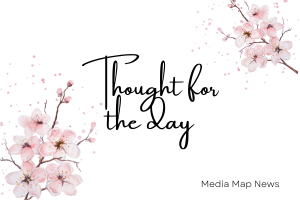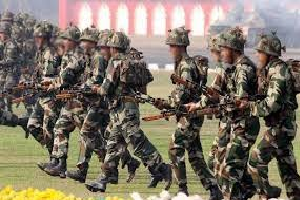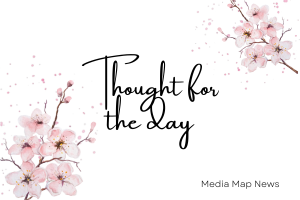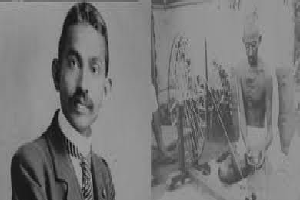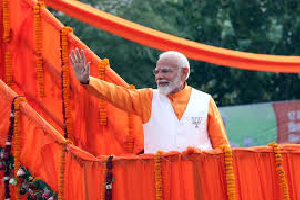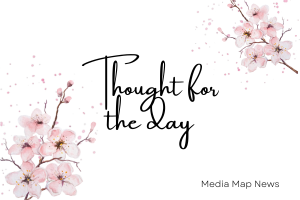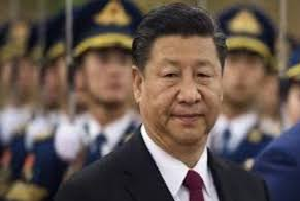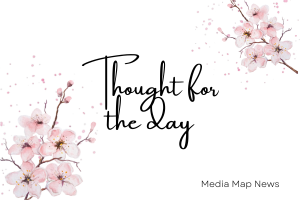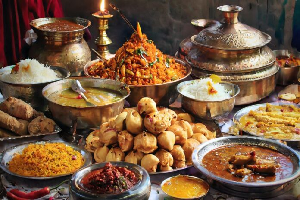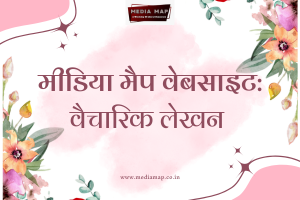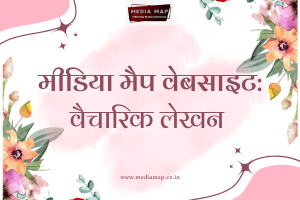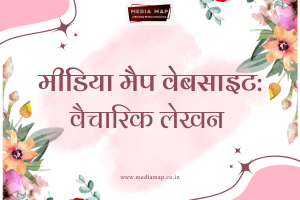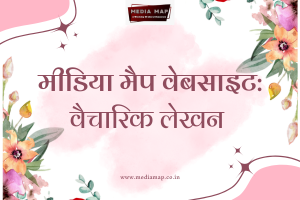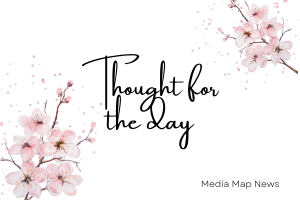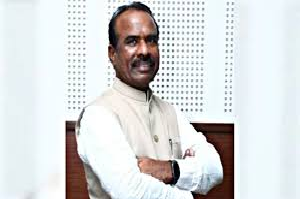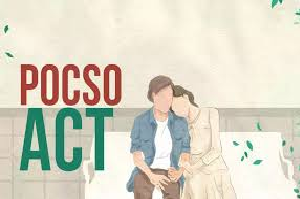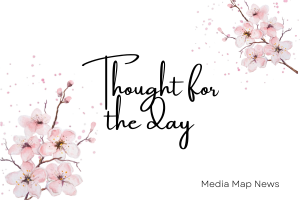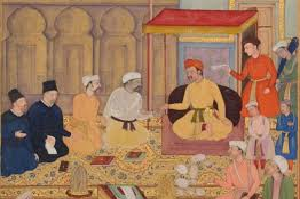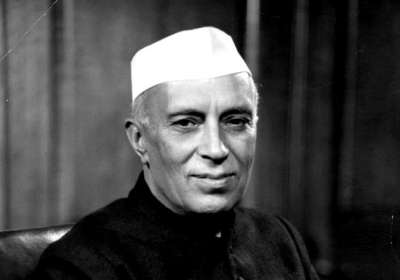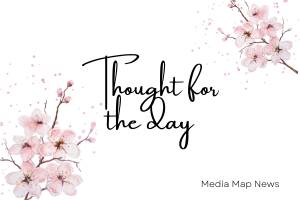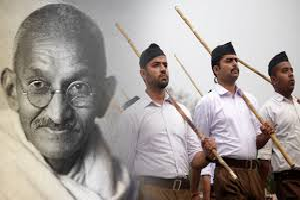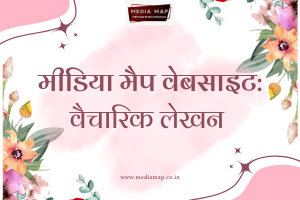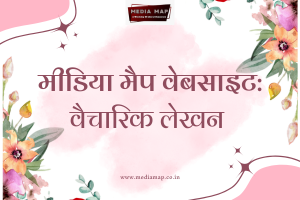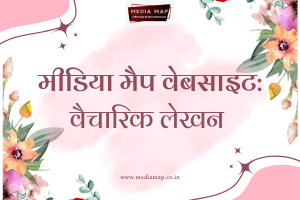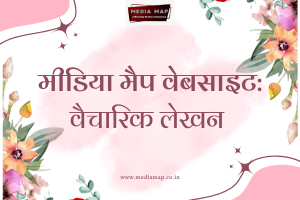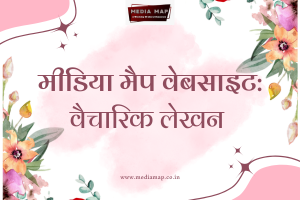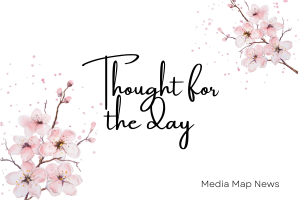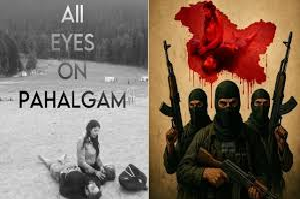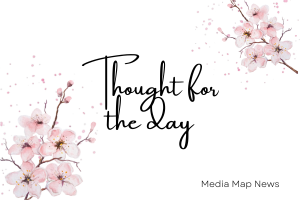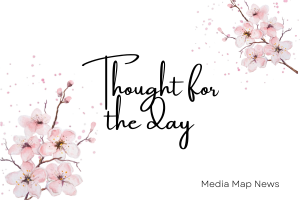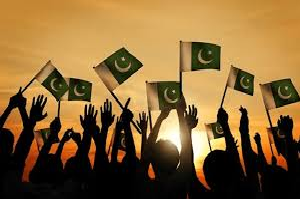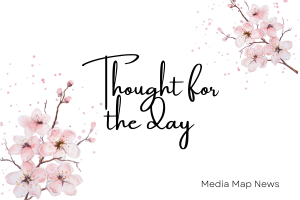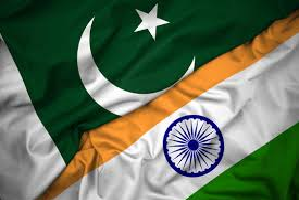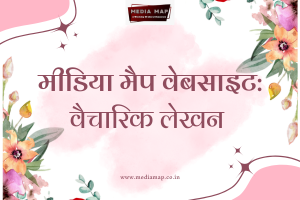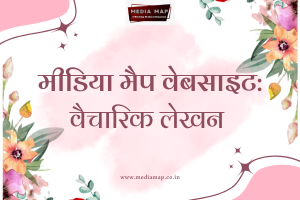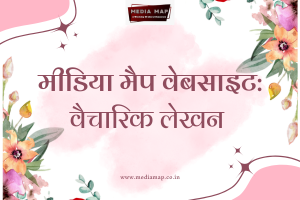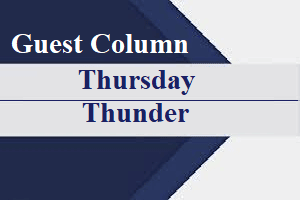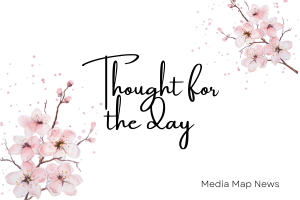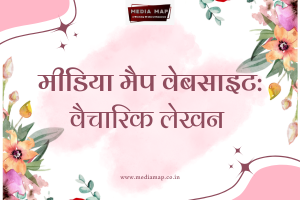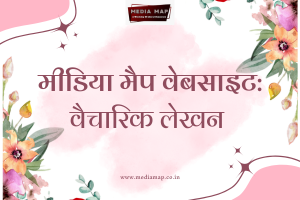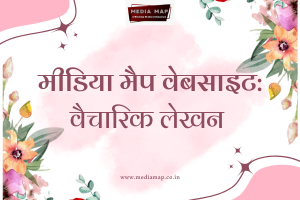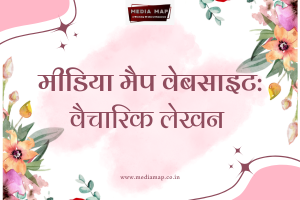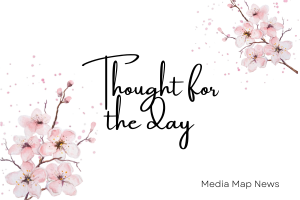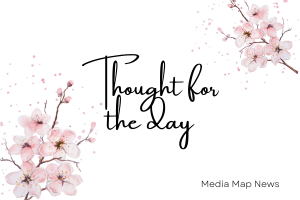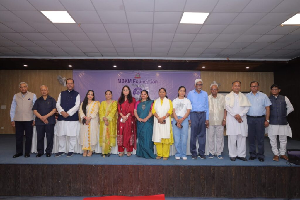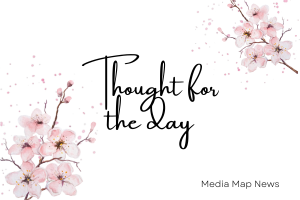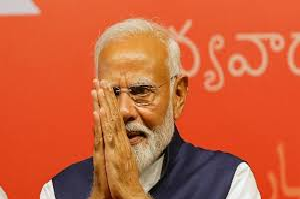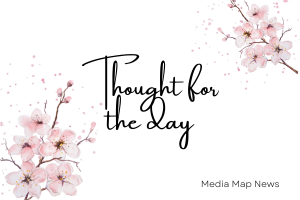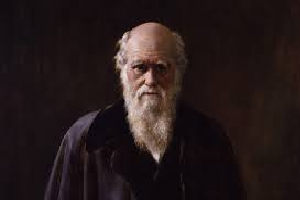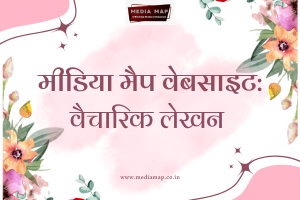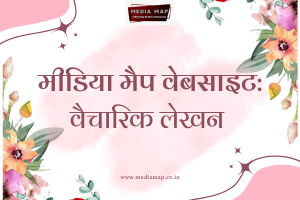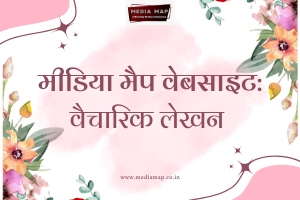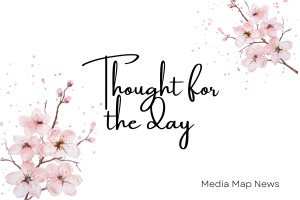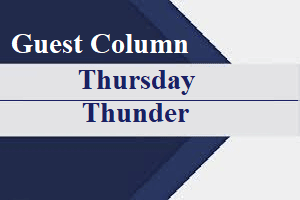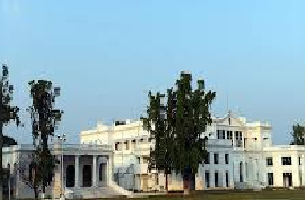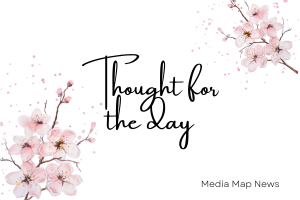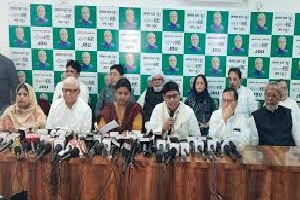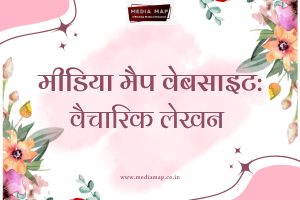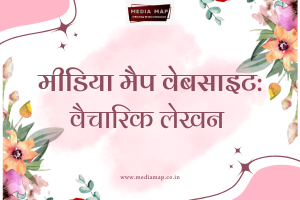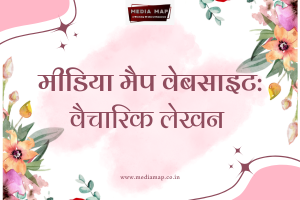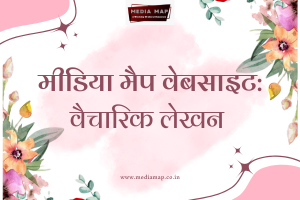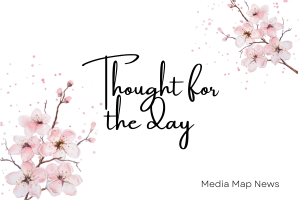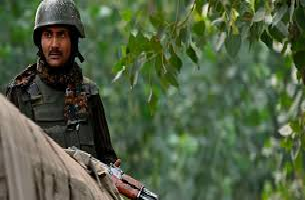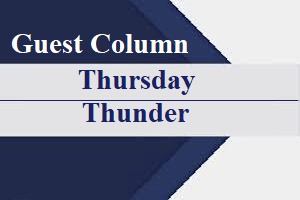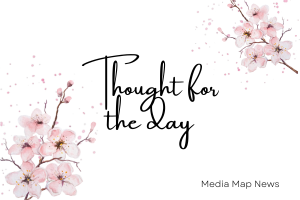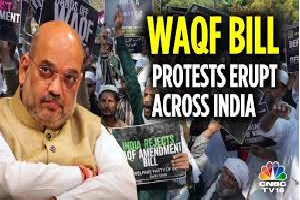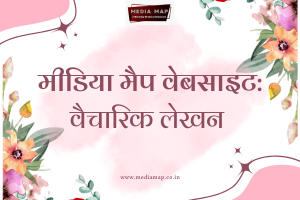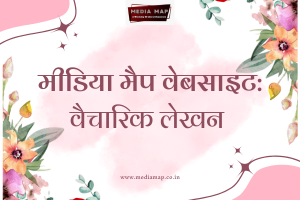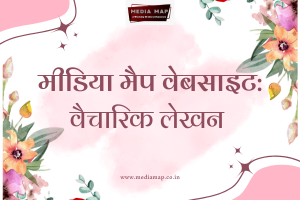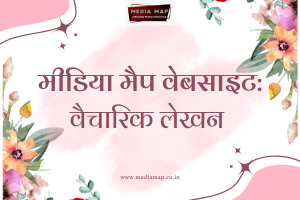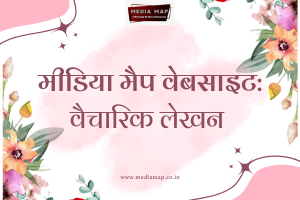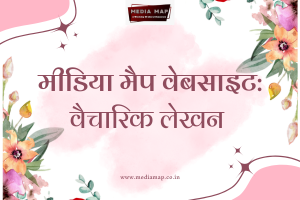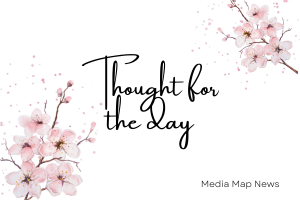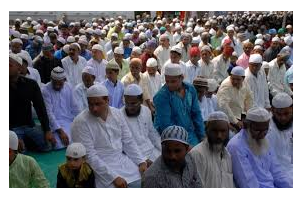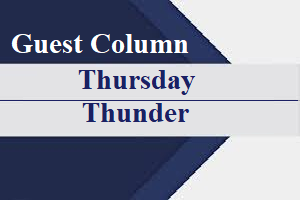3

Today’s Edition
New Delhi, 3 April 2024
Amitabh Srivastava
A book on Amitabh Bachchan is still noticed and read even though the man of the Millenium is encashing his appeal more through his ads and blogs now than with his films.
Of course, there is nothing wrong with that as long as there are readers and publishing houses ready to publish books on him.
But after going through this 319-page book by Dr.Shoma A Chatterjee I was wondering if a critical book should be written by a person who goes 'weak in the knees' on meeting Amitabh Bachchan as admitted by the scholar, author and voracious writer herself.
Article at a Glance
A new book analyzing Amitabh Bachchan's film career, "Amitabh Bachchan: The Other in the Hero," by Dr. Shoma A. Chatterjee, explores the additional dimension that sets him apart from the original intentions of directors and producers. Chatterjee selected 15 films from Bachchan's 50-year career, including "Anand," "Zanjeer," "Sholay," and "Agneepath," to analyze how he adds depth to the characters he portrays. However, the book's numerous references and quotations can disrupt the flow of the prose and make it feel more like a research treatise than a popular book for fans.
Chatterjee argues that Bachchan's contribution to the "othering" of his characters is up for debate, and it's unclear how much credit should be given to the scriptwriters and directors who wrote the films with him in mind. Despite the author's assertion that Bachchan doesn't command sex appeal, the author's own experience in college shows the impact of his charisma and charm.
Overall, "Amitabh Bachchan: The Other in the Hero" offers a fresh perspective on the actor's career, but the writing style may not appeal to all fans. The book's strengths lie in its analysis of Bachchan's filmography, while its weaknesses are in the numerous references and quotations that can interrupt the flow of the prose.
Beginning from the beginning-the title of the book.
The other here is not what we expect- the Wo as in Pati, Patni aur Wo.
As she keeps explaining through references, many of them international, the Other here as much as I could understand, is an additional dimension to the portrayal of the protagonist that stands him out from what the director and producer had intended.
Since this is not a biography Shoma Chatterjee has chosen 15 films from the nearly 5-decade film career of the man whose fan following shows no sign of cooling down even though it went through a very patchy phase due to his 'silence' after his death of Sushant Singh Rajput in 2020 when everyone was shouting murder.
She has picked up 15 of his films for this analysis from 1971 to 1990.
These include Anand,Parwana,Zanjeer,Saudagar,Namak Haram,Abhimaan,Deewar,Sholay,Amar Akbar Anthony,Don,Mukadder ka Sikander,Shakti,Coolie,Main Azad Hoon and Agneepath.
It's not that his later films don't find a mention but she feels that these films show his mellowing down as different from the angry young man persona in the earlier films.
I disagree.
True he has stopped playing the romancing hero running around trees after the failure of Cheeni Kum but the energy that he puts into his character in say Badla, or even the patience and perseverance as mentioned by the author herself that he showed in portraying a character suffering from Progeria in Paa for which he won a National Award indicates that the determination and enthusiasm for playing his characters remains the same from 1971 to 2023 and has not waned.
As for the other, after going through the detailed analysis of each of the 15 chosen films and the remaining not chosen I am wondering how much Amitabh Bachchan is himself responsible for that extra edge and how much credit should be given to the scriptwriters and directors who wrote the films keeping him in mind.
Because even though he has been built up into some sort of Superman we cannot forget that he gave as many as 11/12 flops before a Prakash Mehra gave him Zanjeer that changed his career. Then again after his brief brush with the cesspool of politics, he went through a downslide from which he could only bounce back through friends like Mulayam Singh Yadav, Subroto Roy and Amar Singh. Which only shows that he is also human and not a God.
When after doing my journalism course I joined Hindustan Times I was told by my editors that no one was on a higher pedestal than a Journalist not even the Prime Minister. So hero worship was out of question in my time. So much so that when my children insisted on going with me on film shooting assignments I warned them that they would not take autographs of Sridevi, Rajesh Khanna, Madhuri Dixit, Rishi Kapoor or anyone else. And if they wanted to, they had to do it on the sly and should not be seen as related to me.
I am saying this to come to a specific point.
At one place Shoma mentions that for all his stardom Amitabh Bachchan did not command a sex appeal through his dressing sense or otherwise.
I would like to confess that when I was in college and I was not a die-hard journalist three friends from Hindu College went to watch Namak Haram at Amba cinema in North Delhi. We were so mesmerised by the way Amitabh Bachchan walked to Rajesh Khanna, a trade union leader to say, "Main maafi Chahta Hoon' and walked back majestically that we (all boys) went to see the film thrice.
The only 'other' man who could walk and talk that way was Jaani Raaj Kumar whose dialogue delivery just left the theatre stunned.
But that was before I became a journalist and film critic.
Okay, as a journalist and film critic, I have a difference of opinion about how much Amitabh Bachchan was responsible for othering as has been argued by Shoma and how much credit for this should go to the scriptwriter.
But what I as a reader find very irritating are the numerous references and quotations that she gives to make her point in almost every chapter. Where is the vintage Shoma Chatterjee that I have been reading for the last few years on issues of gender bias and of course cinema?
Why does she need so many endorsements for her point of view if she is convinced that this is a new angle to the phenomenal dimensions of the Big B? In the process, this book looks more like a research treatise than a popular book for Amitabh fans. These comments block the flow of the prose and could have been avoided if she had been so convinced about her theory.
But that's one opinion against another.
And there could be many more!
